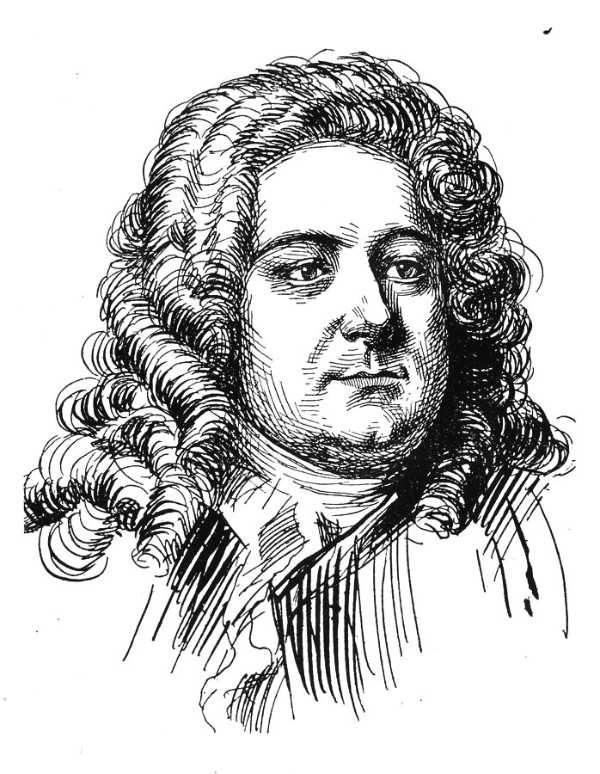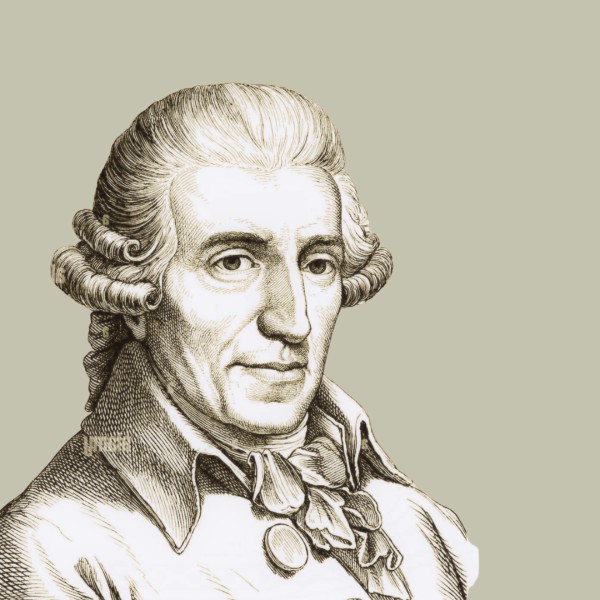We all recognise George Frideric Handel (1685-1759) as a towering figure in English music. He is best known for his oratorios and concerti grossi, like Messiah and the Water Music.
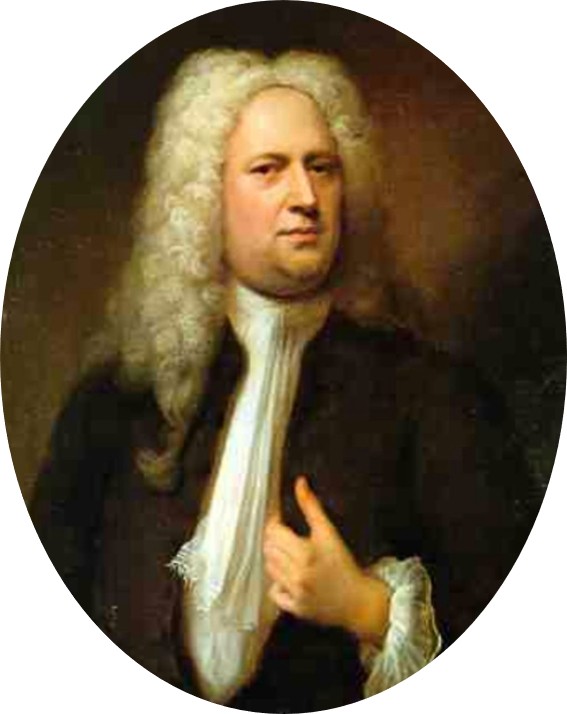
George Frideric Handel
Handel is perhaps less well known for his keyboard music, but his Eight Great Keyboard Suites are a significant contribution and a showcase for his versatility and mastery of the keyboard.
George Frideric Handel: Keyboard Suite No. 1, “Prelude” (Philip Edward Fisher, piano)
Some movements in these suites had been published earlier, but in 1720, Handel decided to provide a new edition. He writes in the preface of the London edition:
“I have been obliged to publish some of the following lessons because incorrect copies of them had got abroad. I have added several new ones to make the work more useful, which, if it meets with a favourable reception.”
The Handel Keyboard Suites were hugely popular among the English aristocracy and burgeoning middle-class amateur musicians. As such, plenty of unauthorised copies of the suites with substitute movements attested to its contemporary popularity and commercial success.
The keyboard suites by Johann Sebastian Bach are often considered superior to Handel’s, but I have never really understood why. Shall we have a listen to these somewhat neglected keyboard gems?
Suite No. 1 in A Major, HWV 426
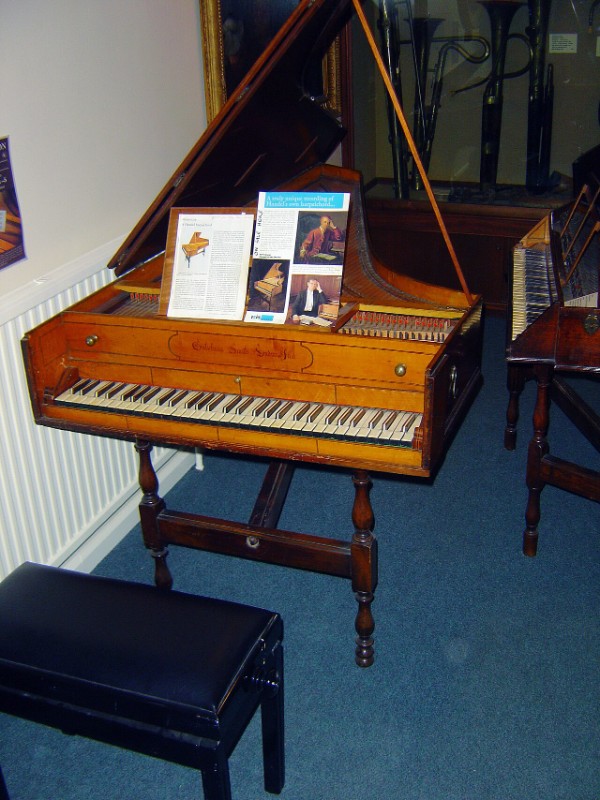
Handel’s harpsichord
George Frideric Handel: Keyboard Suite No. 1, “Allemande” (Philip Edward Fisher, piano)
The Eight Great Suites by Handel were written for harpsichord, the dominant keyboard instrument of the Baroque. But of course, they are frequently performed on modern piano today.
For scholars, they reflect the cosmopolitan influences of Handel’s career, “blending German contrapuntal rigour, Italian melodic flair, and French dance rhythms.” Each suite is notably varied, with a unique character and structure, prioritising expressive freedom over adherence to form.
George Frideric Handel: Keyboard Suite No. 1, “Courante” (Philip Edward Fisher, piano)
The Bach keyboard suites follow a similar pattern, all grouped as a sequence of dances. Handel’s are unpredictable, and no two suites are alike in the number and ordering of their movements. In fact, the A Major Suite only features four movements.
The opening “Prelude” seems to showcase Handel’s improvisatory powers. Flowing arpeggios and cascading scales almost feel like a warm-up for player and listener, all in the cheerful tone of A Major.
George Frideric Handel: Keyboard Suite No. 1, “Gigue” (Philip Edward Fisher, piano)
The operatic flair of the “Prelude” is contrasted by a graceful and lyrical “Allemande,” with its rhythmic variations and smooth voice-leading lending it a conversational quality. The lively “Courante” sounds with aristocratic poise, while Handel flexes his contrapuntal muscle in the concluding “Gigue”
Suite No. 2 in F Major, HWV 427
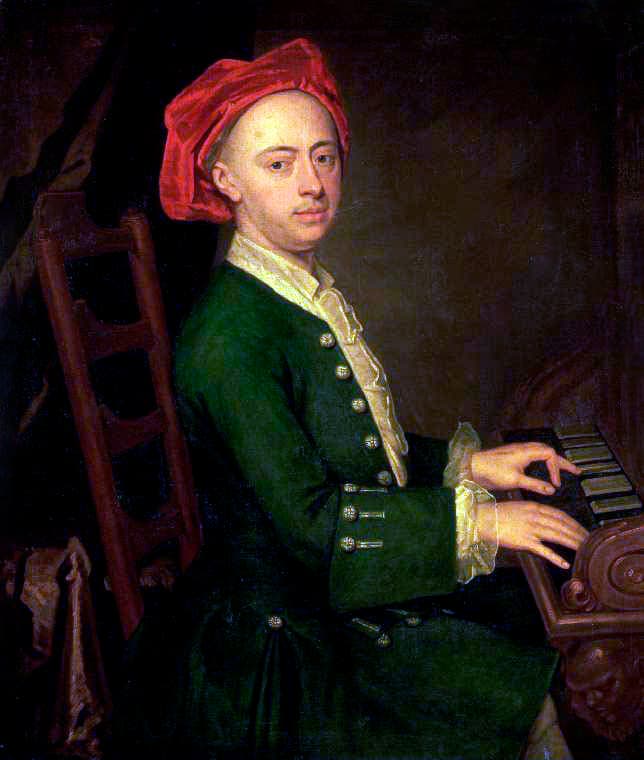
George Frideric Handel
George Frideric Handel: Keyboard Suite No. 2, “Adagio” (Seong-Jin Cho, piano)
The second Suite in F Major has no designated dance movements. For some scholars, it resembles a four-movement Italian sonata rather than a typical Baroque suite. Compared to the flashier Suite No. 1, it is more introspective and offers Handel’s operatic lyricism and contrapuntal skill.
George Frideric Handel: Keyboard Suite No. 2, “Allegro” (Seong-Jin Cho, piano)
The opening “Adagio” is serene and introspective, with the beginning sounding like a meditative prelude. It’s like an embellished Italianate aria gently flowing over a simple chordal accompaniment. And just listen to the gentle dissonances used for emotional depth.
The “Allegro” is bright and spirited and dances with lively energy. The melody leaps playfully, and the rushing scales and crossing hands give it a virtuosic edge.
George Frideric Handel: Keyboard Suite No. 2, “Adagio” (Seong-Jin Cho, piano)
In the “Adagio,” Handel seemingly references the pulse of a Sarabande. Stately and poignant, this slow movement unfolds at a dignified speed with subtle chromatic touches and suspensions creating a tender and melancholic mood.
Irresistible in its melodic and rhythmic exuberance, the concluding “Allegro” provides for a fugal structure that is not fully developed. The leaping subject lets the voices chase each other around playfully.
George Frideric Handel: Keyboard Suite No. 2, “Allegro” (Seong-Jin Cho, piano)
Suite No. 3 in D minor, HWV 428
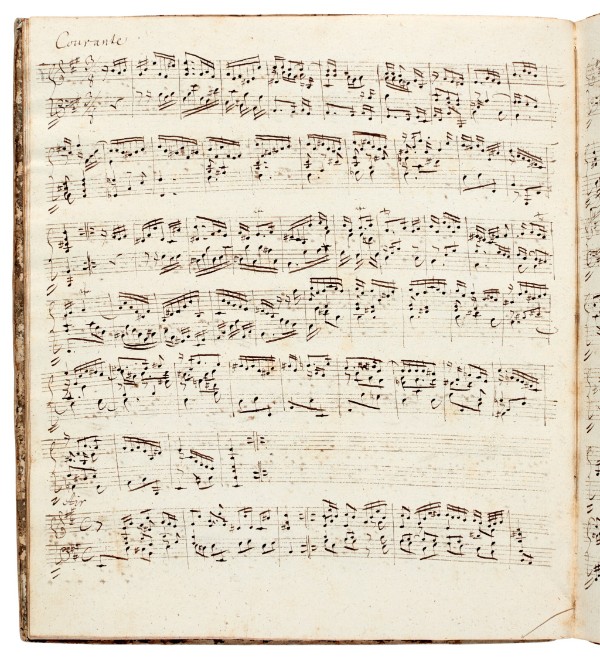
Handel’s 8 Great Keyboard Suites
Handel’s Suite No. 3 in D minor is the longest and most imposing of the set. Overall, it’s a rollercoaster of moods and emotions, alternating movements with dark, introspective, playful and triumphant characters.
George Frideric Handel: Keyboard Suite No. 3, “Prelude” (Gilbert Rowland, harpsichord)
The minor tonality lends some gravitas to the set, but Handel’s theatricality and knack for contrast keep it vibrant. It’s technically challenging as well, and the expressive nuances make it a favourite among performers and listeners.
George Frideric Handel: Keyboard Suite No. 3, “Allegro” (Gilbert Rowland, harpsichord)
Bold and improvisatory, the opening “Prelude” immediately grabs our attention with its dark and urgent arpeggios and sweeping scales. It’s essentially a slow-fast French overture, with virtuosic runs and chromatic touches providing an almost operatic feel.
George Frideric Handel: Keyboard Suite No. 3, “Allemande” (Gilbert Rowland, harpsichord)
The fugal “Allegro” is energetic and cerebral, building on an angular subject that weaves through voices in tight imitation. And just listen to the bouncy syncopation and some clever strettos to create momentum and keep it all moving.
George Frideric Handel: Keyboard Suite No. 3, “Courante” (Gilbert Rowland, harpsichord)
Unfolding like a quiet conversation, the “Allemande” is a sombre dance movement with a reflective quality. It’s the minor-key melancholy and delicate counterpoint that gives it a poignant intimacy. The “Courante,” meanwhile, is an elegant French-style dance full of piquant cross-rhythms.
George Frideric Handel: Keyboard Suite No. 3, “Air and 5 Variations” (Gilbert Rowland, harpsichord)
The wonderful “Air and Variations” provide a delicious Handelian touch. The theme is already so lavishly decorated that it requires simplifying rather than embellishing in the first couple of variations. And then there is a gigue-like variation before the movement ends in toccata-style virtuosity.
A fiery and exhilarating “Presto” closes the suite with relentless energy. The perpetual figuration demands great technical facility, while the cascading scales and bold chordal movements feel almost orchestral.
George Frideric Handel: Keyboard Suite No. 3, “Presto” (Gilbert Rowland, harpsichord)
Suite No. 4 in E minor, HWV 429
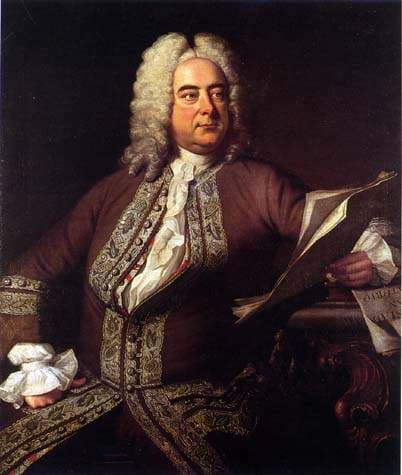
George Frideric Handel
The E-minor Suite, published as No. 4 in the 1720 collection, sounds a compelling blend of intensity, lyricism, and virtuosity. Scored in five movements, it is less flamboyant than the Suite No. 3 but equally gripping in blending intellectual rigour with emotional depth.
Equally at home on the harpsichord or the modern piano, it offers plenty of room for personal flair in ornamentation. The opening “Allegro” is a vigorous, large-scale fugue on a theme characterised by its initial three-note hammer blow. A performer writes, “The working-out is more rigorous than usual with Handel, and the modulatory scope exhilaratingly wide.”
George Frideric Handel: Keyboard Suite No. 4, “Allegro” (Pierre Hantaï, harpsichord)
This Suite is an exception within the Handel “Great Suites,” as the dance movements conform to the standard Baroque sequence of dances. The “Allemande” is poised and introspective, flowing with a gentle and melancholic grace.
George Frideric Handel: Keyboard Suite No. 4, “Allemande” (Pierre Hantaï, harpsichord)
The smooth and continuous melody over the steady bass is enriched by delicate counterpoint, and the subtle ornaments and warmth of the minor key give it a tender, almost vocal quality. It certainly provides plenty of expressive freedom.
The “Courante” is related to the opening “Allemande,” and offers a skipping rhythm through syncopated figures and playful leaps. There is great rhythmic variety and delicious harmonic shifts in this movement, and it all sparkles with a touch of elegance.
George Frideric Handel: Keyboard Suite No. 4, “Courante” (Pierre Hantaï, harpsichord)
The tender melody of the “Sarabande” sounds like a transplanted opera aria with a stately and sombre character that exudes dignity and emotional weight. With its deliberate pulse and richly harmonised melody, it becomes the reflective centrepiece of this suite.
George Frideric Handel: Keyboard Suite No. 4, “Sarabande” (Pierre Hantaï, harpsichord)
It all ends with an exuberant “Gigue” that races along with infectious energy and contrapuntal wit. The lively subject features fugal elements, and the syncopated rhythms and imitation feel like a musical chase. To be sure, the virtuosic flourishes demand serious dexterity.
George Frideric Handel: Keyboard Suite No. 4, “Gigue” (Pierre Hantaï, harpsichord)
The first four keyboard suites, published in 1720, blend German, French, and Italian influences into a vibrant and expressive collection. While rooted in the traditions of his predecessors, these suites radiate bold individuality and offer performers ample room for interpretive freedom.
Won’t you join me for the second instalment, when we take a closer listen to the Suites 5-8 from Handel’s “Eight Great Keyboard Suites.”
For more of the best in classical music, sign up for our E-Newsletter

